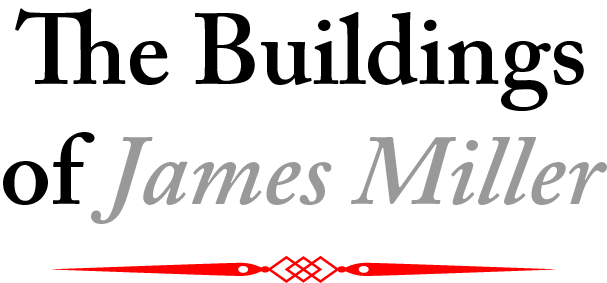Clydebank's original coat of arms and motto
Clydebank Municipal Buildings
Following a competition, James Miller won the commission for Clydebank Municipal Buildings (1902, ‘B’ listed) in Dumbarton Road, then the centre of Clydebank and the foundation stone was laid in June 1900, a public holiday was declared and a large parade made its way through the town.
The two storey buildings in the Renaissance style comprising halls, offices, council chamber, court room and police station were opened by Provost Alexander Stewart on April 4th 1902, followed by a concert and speeches.
Clydebank Baths, also designed by Miller opened the following month and his fire station was in use from 1904. The nearby library, opened in 1913 was designed by A. McInnes Gardner who had trained under James Miller.
The 1846 Act to Encourage the Establishment of Public Baths and Washouses, especially in areas of dense population, led to the building of the original Clydebank Baths in 1902. Such was the popularity of the Hall Street baths that a larger building was needed and they were demolished and replaced in 1932 by a new Baths designed by the Clydebank Council Master of Works in a style which matched Millers municipal buildings round the corner in Dumbarton Road.
Clydebank Fire Station (1902, ‘B’ listed) was a three storey tenement providing accomodation for Clydebank’s firemen with the fire station on the ground floor. Built of polished ashlar with brick at the rear. Constructed in tandem with the nearby municipal buildings and baths, completed in 1902 and in use from 1904. Now converted to flats.
Clydebank Town Hall
Partick Fire Station
Troon Municipal Buildings
First proposed in 1915 on a larger scale and delayed by the outbreak of war, Troon Municipal Buildings (1932,‘B’ listed) were finally completed in 1932 and comprise a Neo-Georgian Town Hall with municipal offices to the front, with a concert hall to the rear. Decorative lamp standards at the front feature the town’s coat of arms.
Troon municipal buildings
